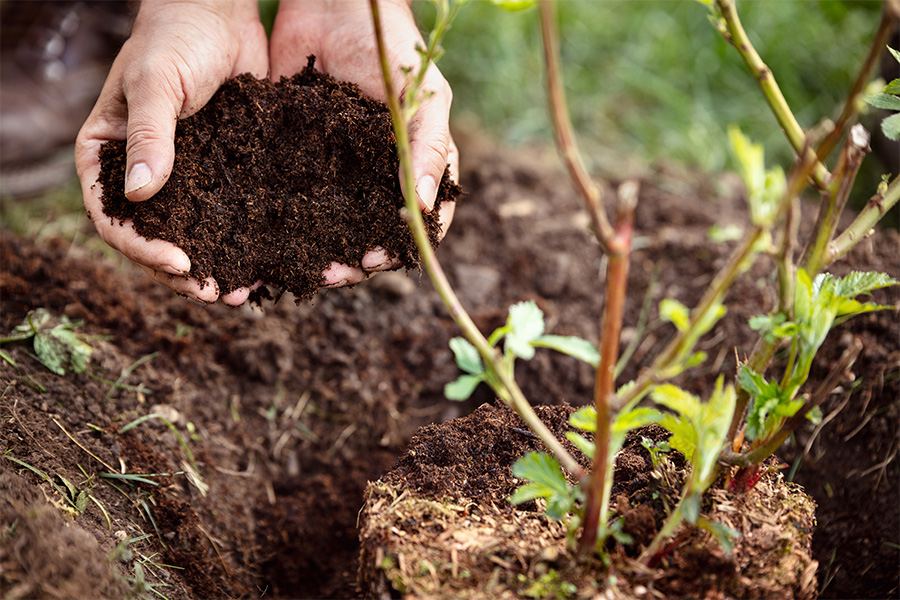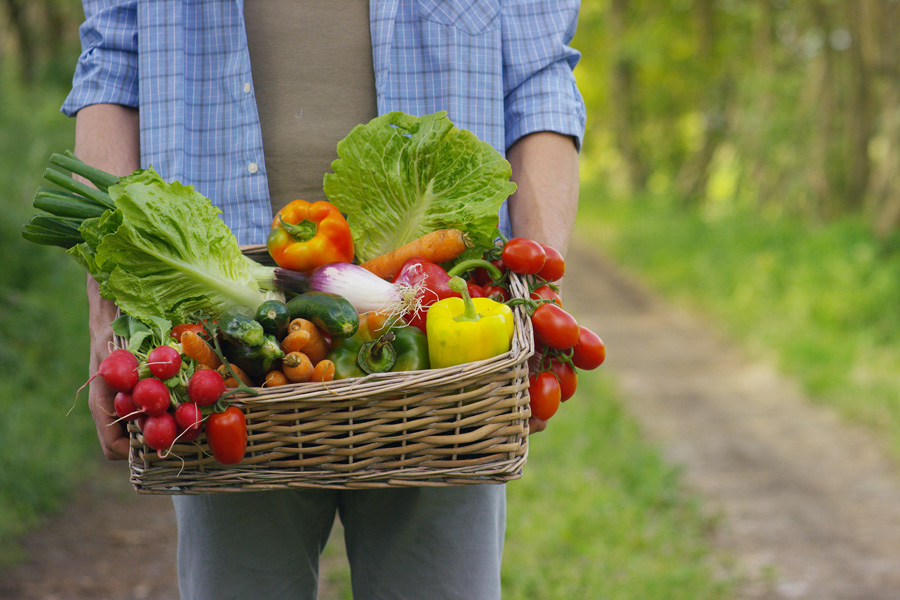Horticulture
-

This publication is a monthly guide for professional managers of commercial, recreational, municipal, institutional or private grounds in Georgia.
Gil W. Landry, Michael D Toews, Paul A. Thomas, Bodie V. Pennisi, Timothy R. Murphy, and Beverly Sparks
|
-

C 816
Composting and Mulching
This publication explains how to build, maintain a compost pile as well as how to use compost and mulch in the yard and garden.
Bodie V. Pennisi
|
-

This circular gives suggestions for determining the proper stage of maturity for harvesting many vegetables.
Bob Westerfield
|
-

C 883
Home Garden Strawberries
Learn how to grow your own strawberries at home with this helpful guide. Strawberry beds need a small area that receives full sun most or all day to get started, and they will grow well in many types of soil.
Bob Westerfield and Phillip M. Brannen
|
-

Research has shown that if you properly select, install and maintain ornamental plant, you greatly increase their survival and performance in the landscape. Following BMPs (Best Management Practices) not only conserve moisture in the landscape but will assure overall health and vigor of the ornamental plants.
Bob Westerfield
|
-

Learn how to grow rutabagas, a cool-season root crop that can be produced in the spring or fall in Georgia.
Bob Westerfield and W. Terry Kelley
|
-

This circular discusses the most common ground covers, both native and non-native plants, that are suitable for culture in North Georgia landscapes in shaded areas.
Bodie V. Pennisi and Nathan Eason
|
-

Many types of fruits and nuts can be grown in Georgia due to our mild climate. This publication provides an outline of the culture and management of the exotic and uncommon fruits and nuts that can be grown in Georgia.
Gerard W. Krewer and Bob Westerfield
|
-

Plants develop seeds through a process called pollination. Pollination is the transfer of pollen from the stamen (male flower part) to the pistil (female flower part).
Bob Westerfield
|